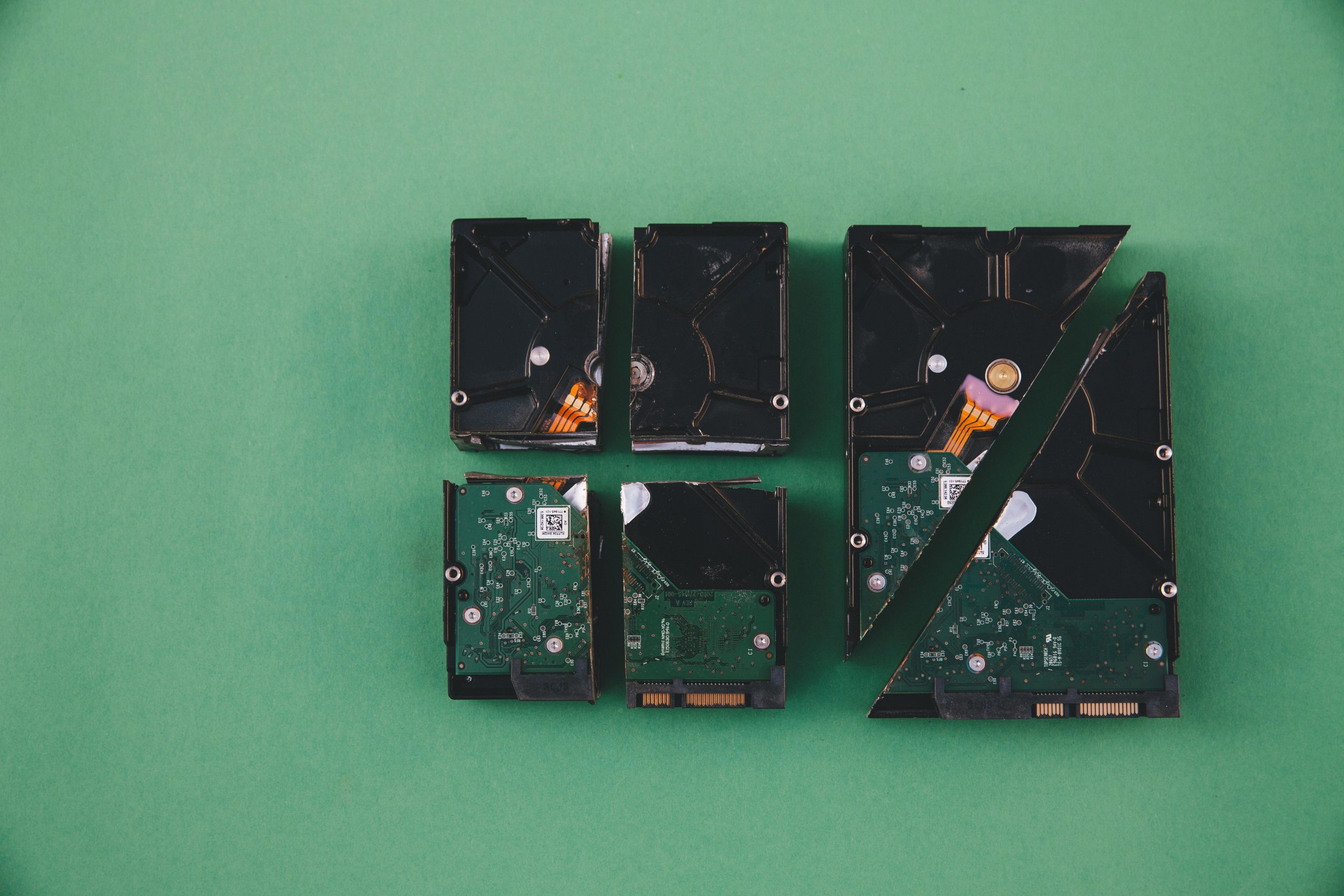A Cautionary Tale: My Experience with Malware and Account Hacking
Navigating the digital landscape can be challenging, and sometimes, one misstep can lead to a cascade of complications. Recently, I encountered a nightmare scenario that began with the installation of a seemingly harmless free program, which resulted in an overwhelming cybersecurity breach.
Upon returning to my computer the next morning, I was met with chaos. My web browser was subject to constant hijacking, and I discovered numerous unfamiliar applications littering my C drive. Attempting to regain control, I turned to various security tools such as Windows Defender, Malwarebytes, and CCleaner, only to find that they failed to resolve the issue entirely. The chaos continued unabated.
The situation escalated further when I received an alarming notification from PayPal. It informed me that two $1,700 gift cards had been sent to an unknown recipient under my account. Despite submitting a request for the transactions to be reversed, I found it impossible to log back into my PayPal account—even after altering my password. I’ve since reached out to their support team for assistance.
As if that weren’t enough, I discovered that someone had changed the password on my T-Mobile account, which I managed to rectify, and they made attempts to access my government account as well.
This experience has left me at a loss about my next steps. The extent of the information compromised is troubling, and I can’t shake the fear that the malware might still be accessing my data as I write this.
I am reaching out to the community for advice and suggestions on how best to respond to this security breach. If anyone has experienced something similar or has insights on effective recovery measures, I would greatly appreciate your input. Together, we can navigate this challenging landscape and help one another stay safe.
Share this content:




I’m sorry to hear about your experience. Security breaches like this can be very distressing. Here are some immediate steps you should consider: